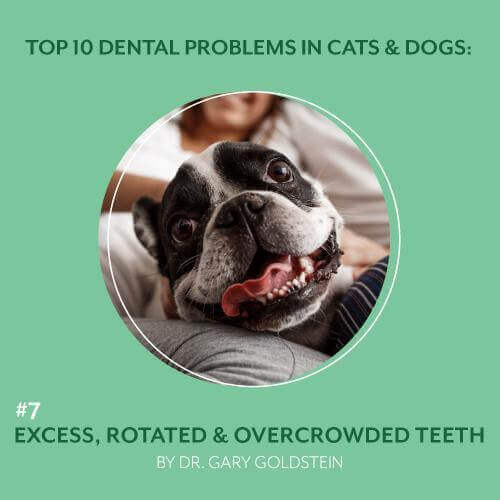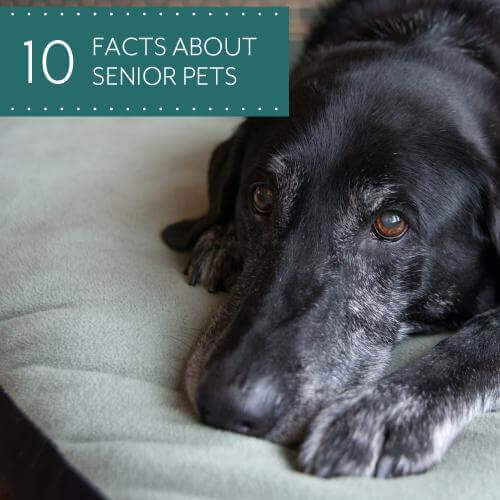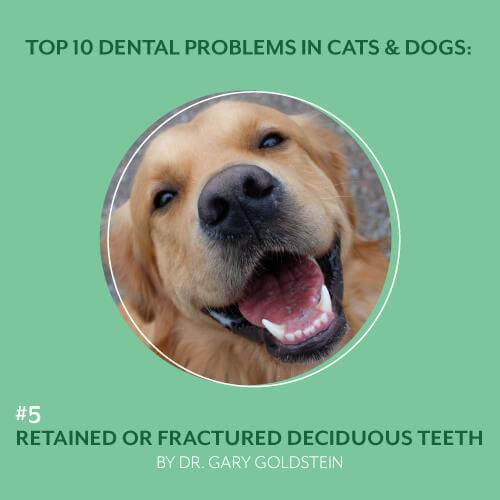The Importance of Summer Grooming for Your Pet

When the weather heats up, you may wonder how your pet handles higher temperatures with a body covered in fur. Dogs and cats actually have natural insulation built into their coats, so in the summertime, their coats help to keep them cool and comfortable, but they may need a little assistance maintaining their healthy coat […]
Top 10 Dental Problems in Cats and Dogs: Fractured Teeth

Fractured teeth are very common in dogs and cats. Chewing on hard toys, sticks, cages, hard play toys, catching rocks, running into objects, or objects running into them, can all cause damage to the teeth. The most commonly fractured teeth are the strategic teeth which include the canine teeth, the upper fourth premolars and the […]
Top 10 Dental Problems in Cats and Dogs: Discolored Teeth

Teeth are comprised of four major components – Enamel, Dentin, Cementum, and Pulp, which you will learn about over the next few weeks. Discolored teeth indicate the tooth or teeth have been involved in blunt trauma such as, being hit by a car, running into a wall or excessive chewing on hard objects such as […]
Top 10 Dental Problems in Cats and Dogs: Periodontal Disease

Preventative dental care helps protect your pet and catch problems before they become more serious. Since most pet dental disease occurs below the gums, it is vital that pets visit their Veterinarian and have a dental exam at least once a year. February is National Pet Dental Month and to recognize it we will be […]
6 Benefits of Spaying or Neutering Your Pet

February is Spay and Neuter Awareness Month! You may have heard that spaying or neutering your pet has benefits; But what are those benefits? From health and behavioral to even being more cost effective in the long term, here are 6 benefits of Spaying or Neutering your cat or dog! 1. Spaying your female pet […]
Top 10 Dental Problems in Cats and Dogs: Worn Teeth

Pets spend most of their lives chewing on things, and their teeth can show wear and tear over time. Worn teeth can be caused by teeth on teeth contact (from malocclusion) or excessive and long-term chewing on objects like hard bones, rocks, tennis balls, etc. The pulp or root canal contains cells that give rise […]
Excess, Rotated & Overcrowded Teeth

Puppies normally have twenty-eight deciduous or baby teeth and forty-two adult or permanent teeth. Dogs have four types of teeth – incisors, canine teeth, premolars, and molars. Extra teeth, rotated teeth, and overcrowding of teeth can cause pain, misalignment of teeth, excessive wear, soft tissue trauma and subsequent development and progression of periodontal disease. Selective […]
10 Facts About Senior Pets

Thanks to research and improvements in veterinary care, pets are living longer than they used to. In honor of these seniors, we’d like to share some interesting facts and information about our elderly four-legged companions. From signs of aging and orthopedic beds, to the benefits of adopting an older pet, here are 10 facts about […]
Retained and Fractured Deciduous Teeth

All deciduous or baby teeth should be gone at the age of 6 months for dogs and age of 5 months for cats and replaced by adult or permanent teeth. If there are deciduous teeth still present or retained at the time of spaying or neutering at 6 months of age, the deciduous teeth should […]
Top 10 Dental Problems in Cats and Dogs: Malocclusion

Cute overbite! There are many different forms of malocclusions. Some may be caused by retained deciduous teeth, some may be a result of trauma and some can be genetic or
